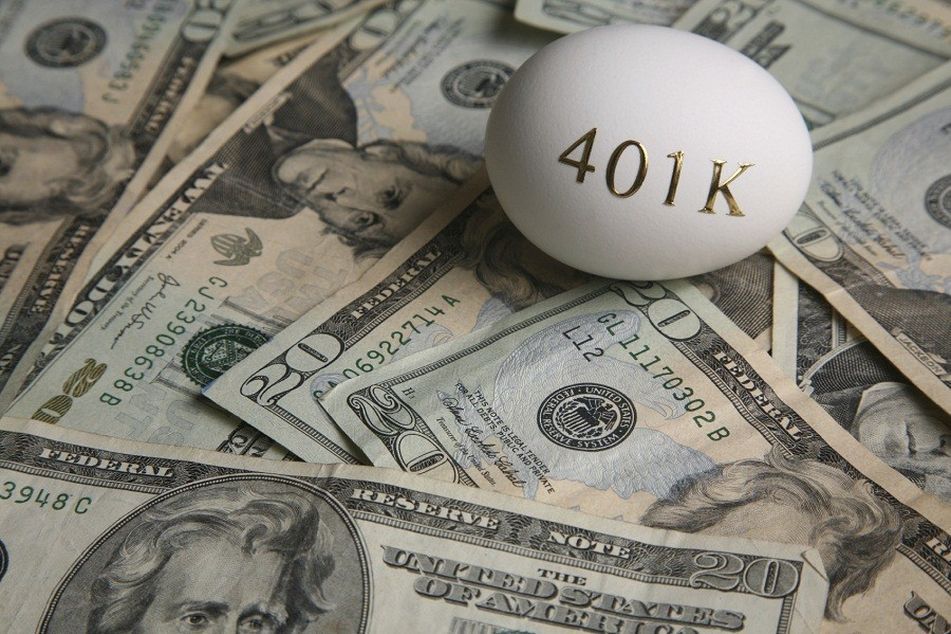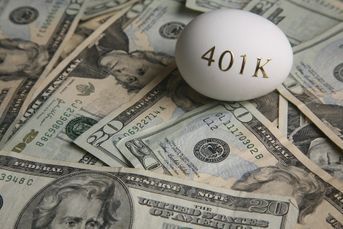Unintended fiduciary consequences of 401(k) fee compression

On the surface, retirement savers are big beneficiaries, but that isn't the full story.
The Employee Retirement Income Security Act was enacted in September 1974. The Securities and Exchange Commission abolished fixed-rate commissions on trading in May 1975. These were the twin fire-starters of fee compression, and the flame continues to burn today.
The global financial crisis ushered in 10 years (and counting) of unconventional monetary policies in an effort to restore confidence in our banking system and promote risk-taking. What we have witnessed is the least respected bull market in history, in which beta outstripped alpha in an often risk-on, risk-off environment. Investors were rewarded for staying in the market (beta) over time, while excess returns from active managers (alpha) have been elusive.
In a low-return and uncertain environment, investors turn their focus to the one thing over which they have control: investment cost.
Although the Department of Labor’s fiduciary rule was vacated this year, its impact on the investment and retirement industry is indelible. Investors are far more conscious of conflicts and how intermediaries and advisers are compensated today. Business models have changed and affected compensation and the sources of revenue.
Over the past 10 years, the DOL also imposed a multipronged disclosure requirement to bring transparency to retirement plan fees by requiring both a more robust Form 5500 for plan sponsors to report to the DOL and the public, as well as a detailed disclosure by providers of fees assessed from plan sponsors and separately from participants.
Excessive-fee class action lawsuits brought against plan sponsors have also escalated over the past dozen years. The litigation has had a chilling effect on the entire industry, and plan sponsors and advisers have doubled their efforts around the fiduciary duty of controlling plan expenses.
These forces have led plan sponsors to: (1) replace higher-cost, actively managed alpha investments with lower-cost, passively managed, index-tracking beta investments; (2) replace mutual funds with collective investment trust fund structures; and (3) conduct more fee benchmarking and issue requests for proposal to squeeze plan administration expenses.
On the surface, retail investors and retirement savers are big beneficiaries. Fee compression encouraged ERISA fiduciaries and advisers to better meet their duty to control plan costs. But, like a balloon, when you squeeze one side, the air simply moves to the other side.
For years, asset-manager-owned record keepers were a means to an end and were used as a “loss leader” to attract investment dollars to proprietary investments. With increasing transparency and the imposition of fiduciary prudence, record keepers have been forced to offer open-architecture platforms where competitor options are also made available with full fee transparency. This “glasnost” event turned the original asset-gathering approach on its head. In fact, the wholesale change to indexing has limited choice, diversification and investment ideas.
Four responses have resulted so far from plan providers:
Pay to play
• Record keepers are assessing an extra fee if nonproprietary funds are used, in order to level the playing field and to discourage nonproprietary options.
• Broker-dealers have narrowed the number of asset managers on their “approved list” and much of the winnowing is predicated on asset managers’ willingness to pay to be on the list.
• Record keepers are creating more revenue by imposing additional fees on other asset managers who wish to have their products featured on their “shelves,” thereby distorting the open-architecture concept.
Leave no change on the table
• Getting into nonretirement investment-revenue-generating services, such as financial wellness, health savings account investing, student loan accounts and sidecar savings accounts.
• Integrating proprietary or white-labeled managed account solutions and bundled CITs to generate additional revenue.
Playing the long game
• Capturing IRA rollovers by reducing or eliminating investment expenses and providing free IRA accounts (Fidelity, for example, recently introduced zero-fee index funds).
• Free transaction cost funds and ETFs using proprietary investments or higher fee, nonproprietary options.
• Regardless of the death of the DOL fiduciary rule, record keepers are offering to serve as fiduciaries on both the plan and participant level. This is a calculated bet on ultimately “owning” the plan sponsor client by offering 3(21), 3(38) and 3(16) services and owning plan participants by offering a robo or investment advice that includes financial planning.
• Once locked in, providers can sell more proprietary and higher-cost options in the plan, or in the future in IRAs.
The unintended consequences of fee compression, enhanced transparency, voluminous reporting and the imposition of fiduciary standards have created a “Back to the Future” environment. The demand for low fees and high service cannot be sustained without new revenue streams.
Fiduciaries and plan advisers need to ask more questions and conduct more due diligence to avoid fiduciary breaches, intentional or otherwise, to protect retirement assets.
Philip Chao is the chief investment officer at Chao & Co.
Learn more about reprints and licensing for this article.





